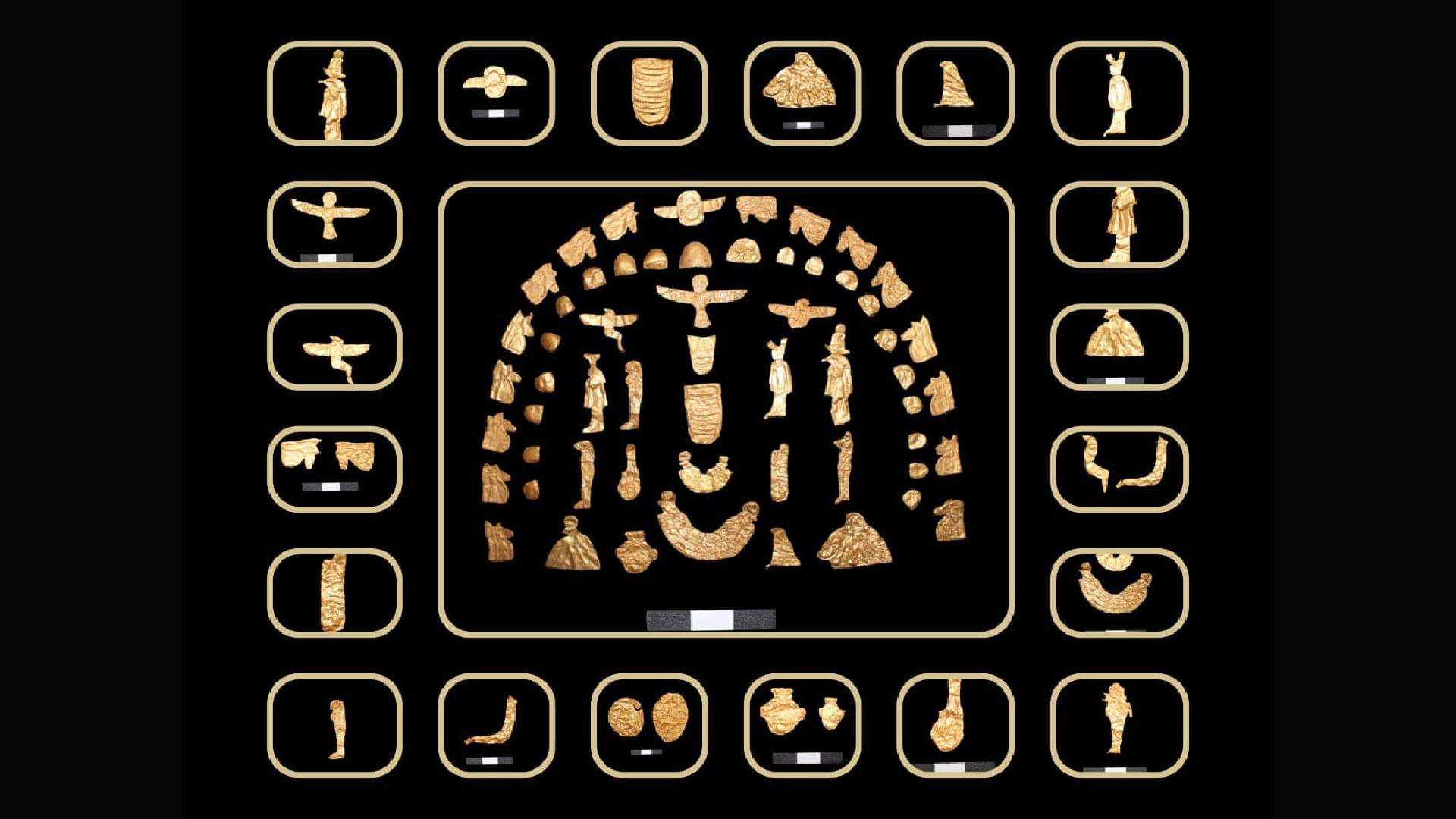
Archaeologists in Egypt have found the ancient burials of more than 60 people along with bronze coins and gold foil figurines, the Egyptian Ministry of Tourism and Antiquities announced in a statement.
The team found the burials in the city of Damietta on the northern coast by the Mediterranean. Some of the graves date to the 26th dynasty (688 to 525 B.C.) while others appear to date to the Ptolemaic period (304 to 30 B.C.), the statement noted. The discoveries include pottery and shabti figurines, which were meant to work for the deceased in the afterlife.
Researchers zeroed in on the 38 bronze coins found within a pottery vessel at the site. The coins date to the Ptolemaic period, a time when the descendants of one of Alexander the Great's generals ruled Egypt.
Thomas Faucher, the director of the Center for Alexandrian Studies in Egypt who was not involved in this research, told Live Science that from the released images, it appears that many of the coins are engraved with the head of Zeus Ammon. This deity is a combination of the Greek god Zeus and the Egyptian god Ammon (also spelled Amun), who is associated with oracles and prophecies. At least one coin in the images seems to have an eagle engraved on it with a cornucopia (a horn) depicted to the left of the eagle. Based on these details, Faucher dated the coins to the late third century B.C.
Related: Rock carvings of ancient Egyptian pharaohs found underwater near Aswan
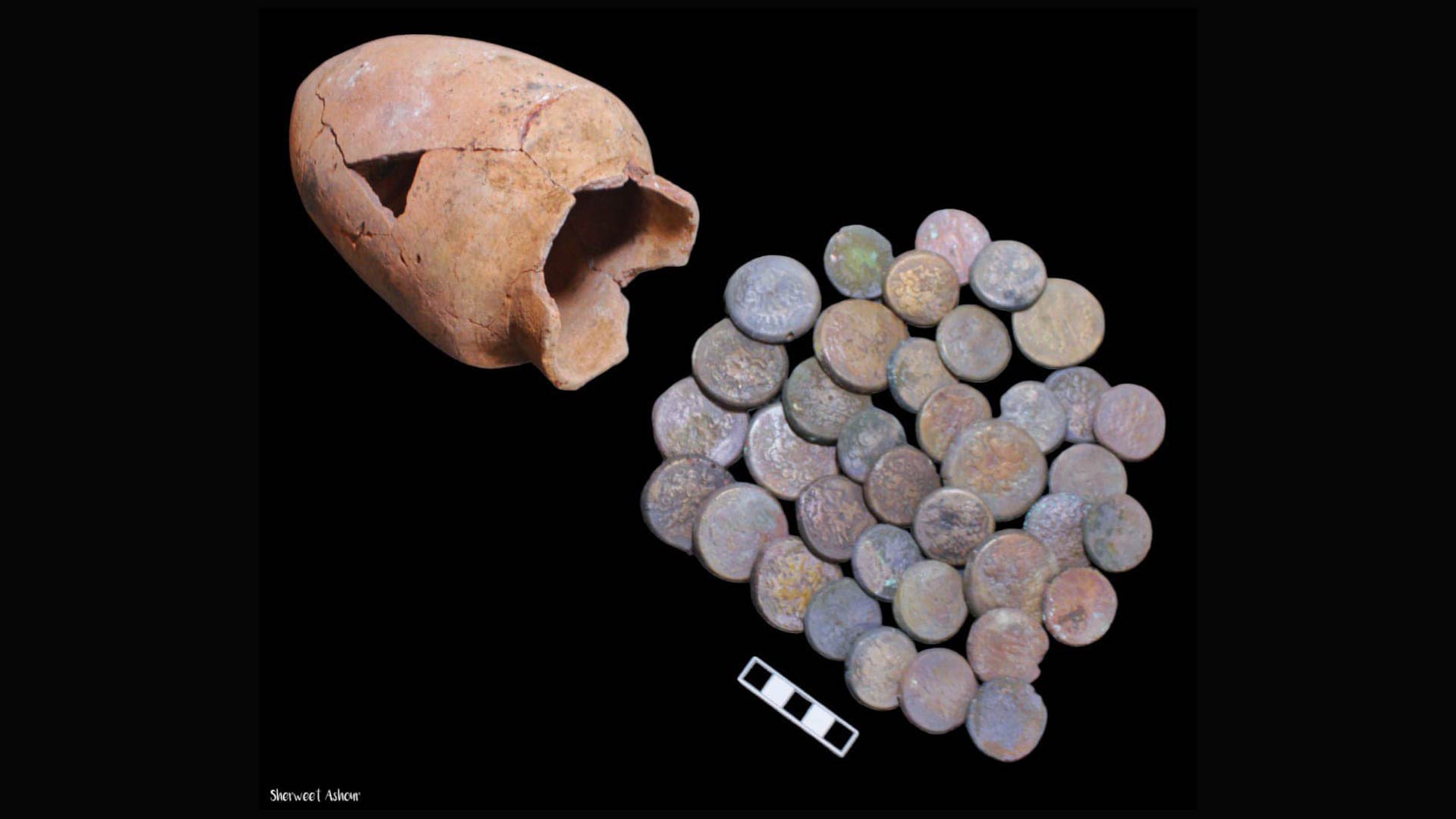
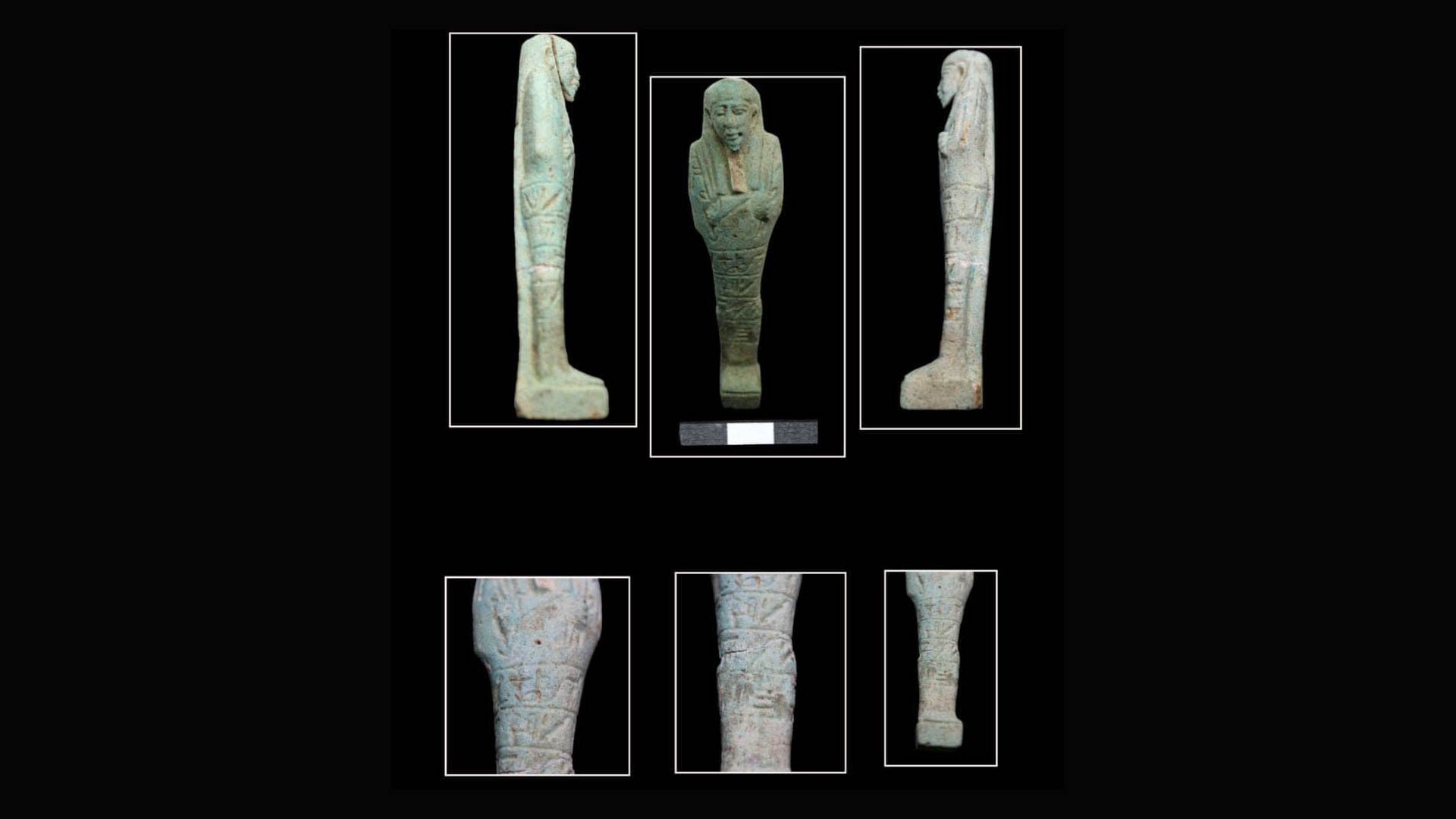
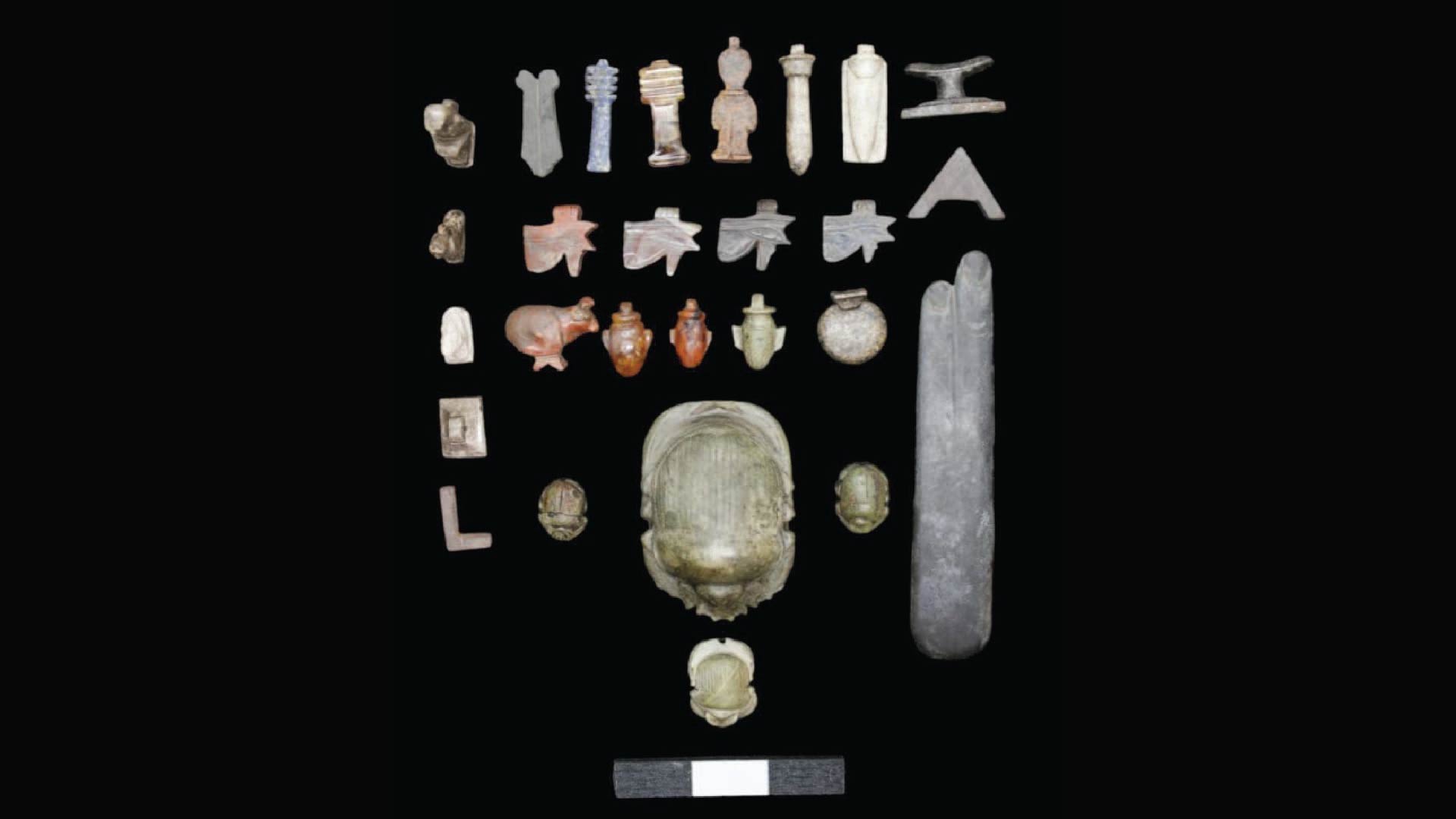
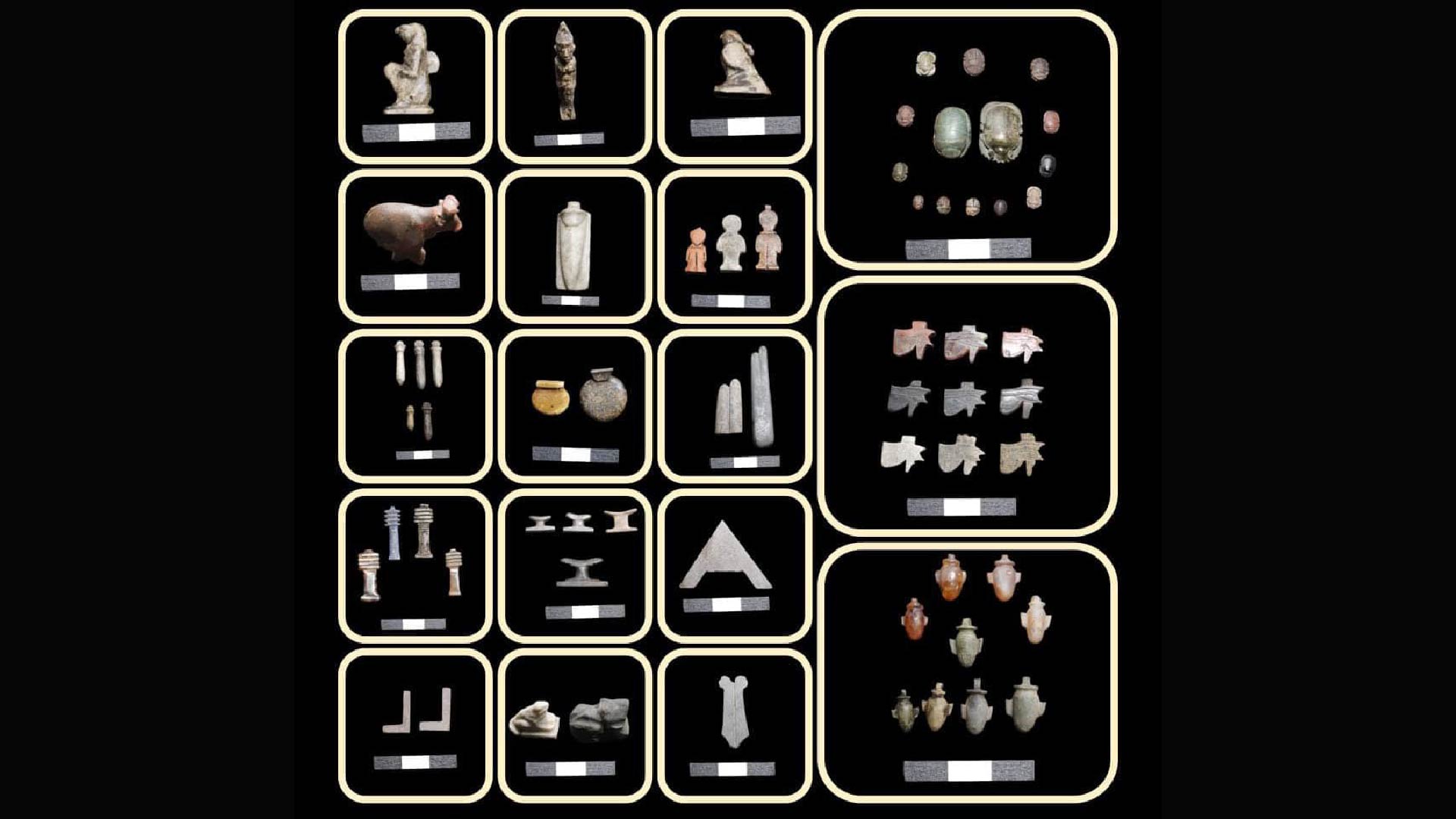
Egypt was going through political turmoil when this coin was minted. Around 206 B.C. a large-scale revolt broke out against the Ptolemaic dynasty.
"A large number of hoards were buried at the time of the revolt in Southern Egypt in 206 B.C." Faucher told Live Science in an email, noting that there was a coin recall after this, with recalled coins being assigned new values and given new additional markings. It's unclear if the newly found coins were buried during the time of revolt, and more details from the excavations may shed light on them. In any event, the discovery of the burials and coins "is significant, especially given the region's limited known material from this period," Faucher said.
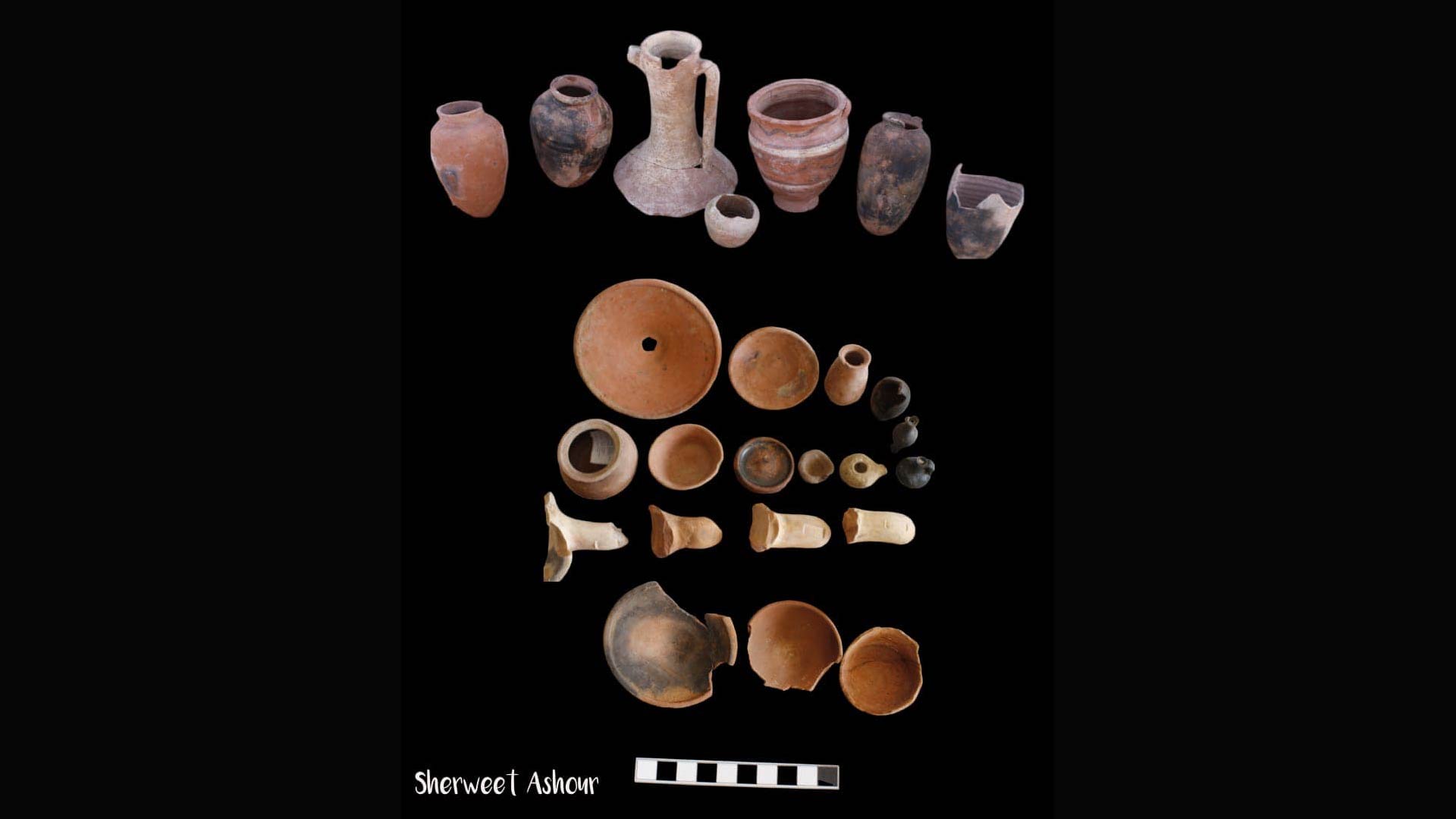
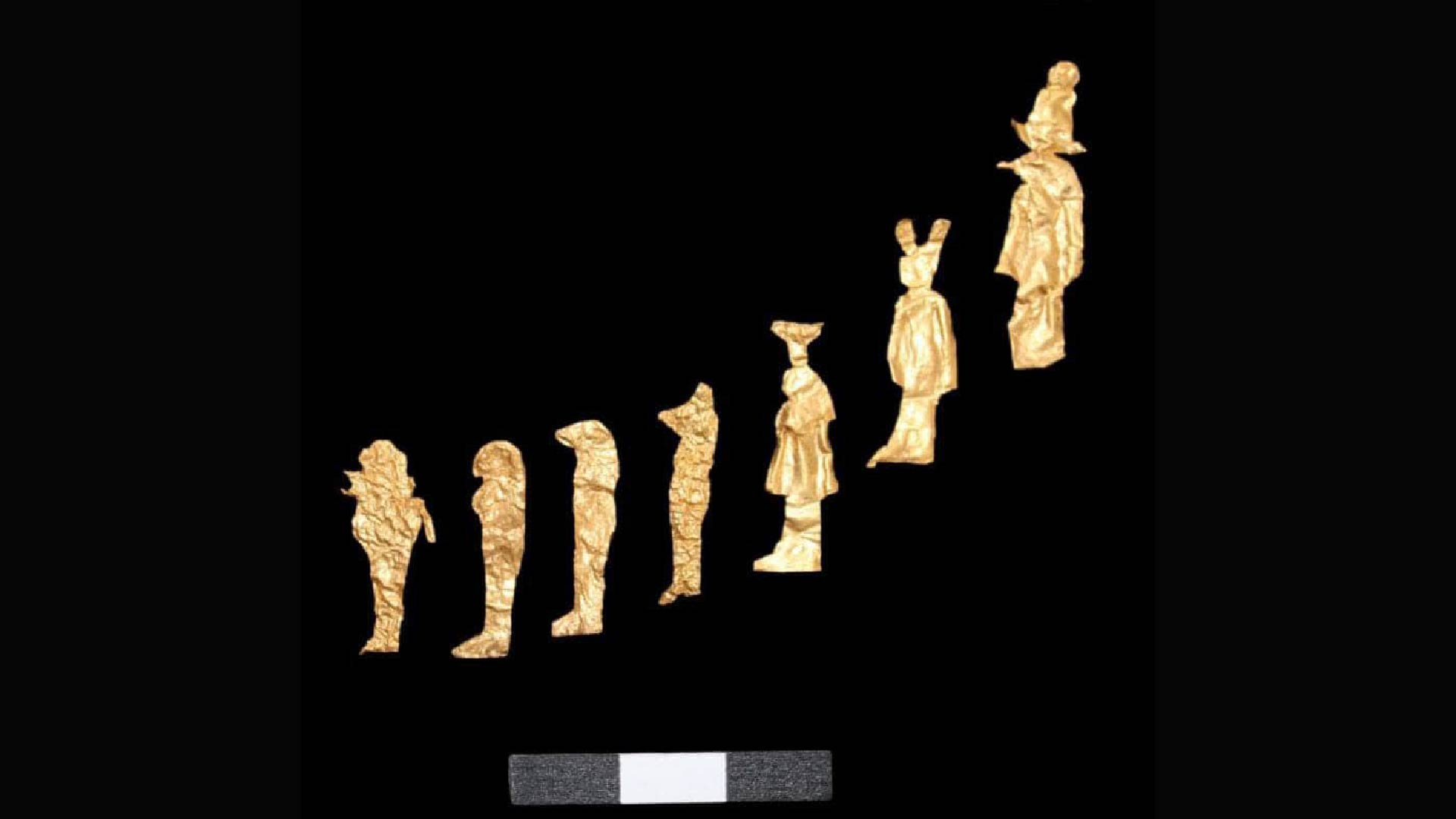
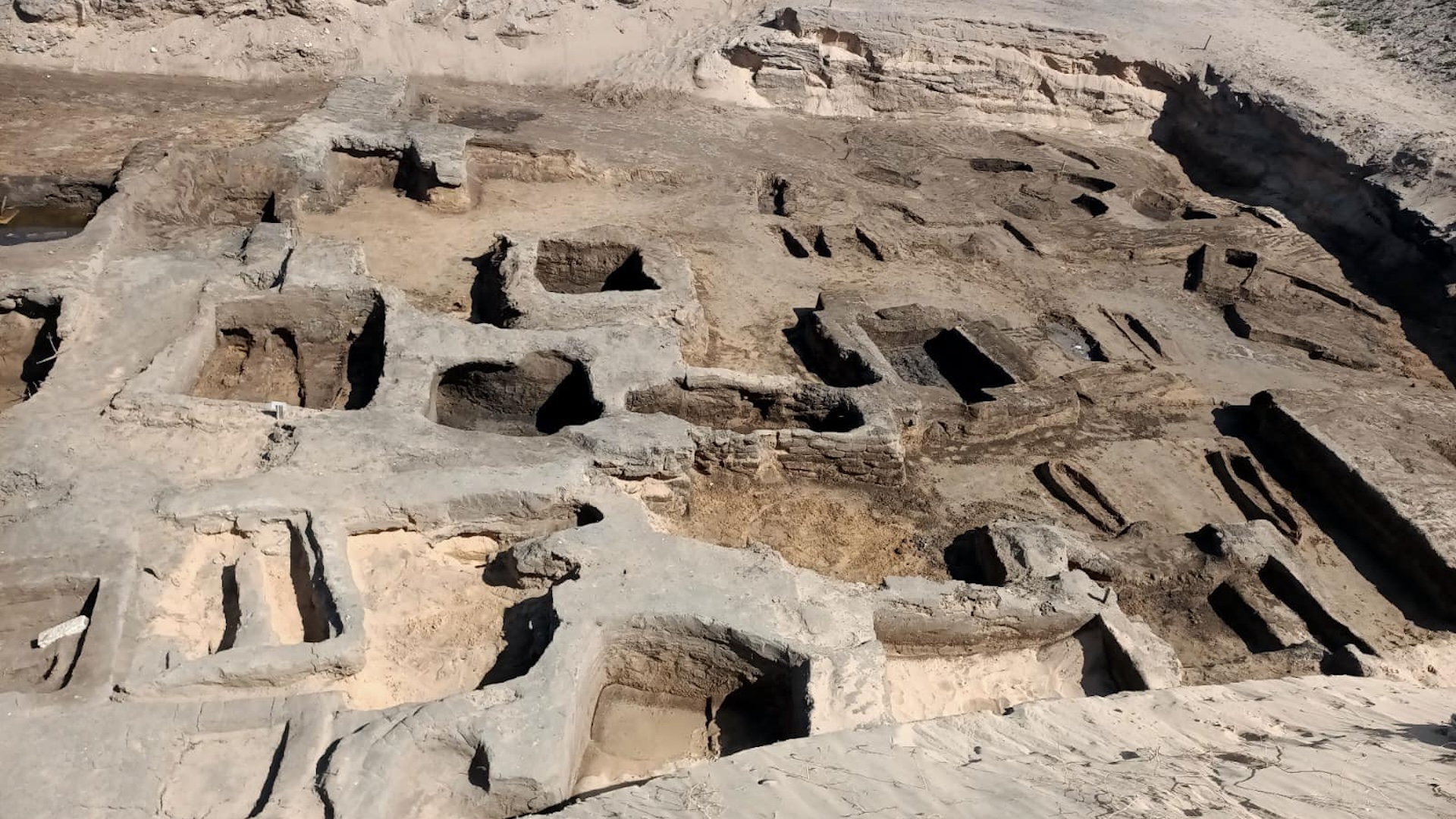
Aside from the coins, the gold foil figurines buried with the deceased are also notable. From the images released, it appears that a few of the figurines depict "ba-birds" — creatures from Egyptian mythology that have wings and a human head. The "ba" in ancient Egypt represented part of the human soul and was sometimes depicted as a bird that could gather food to feed the deceased, according to Swansea University's Egypt Centre.
In addition to the ba-birds, some of the gold foil figurines appear to depict the 'eye of Horus,' a falcon-headed god. Artifacts depicting his eyes were popular in ancient Egypt and were believed to have a protective power.







